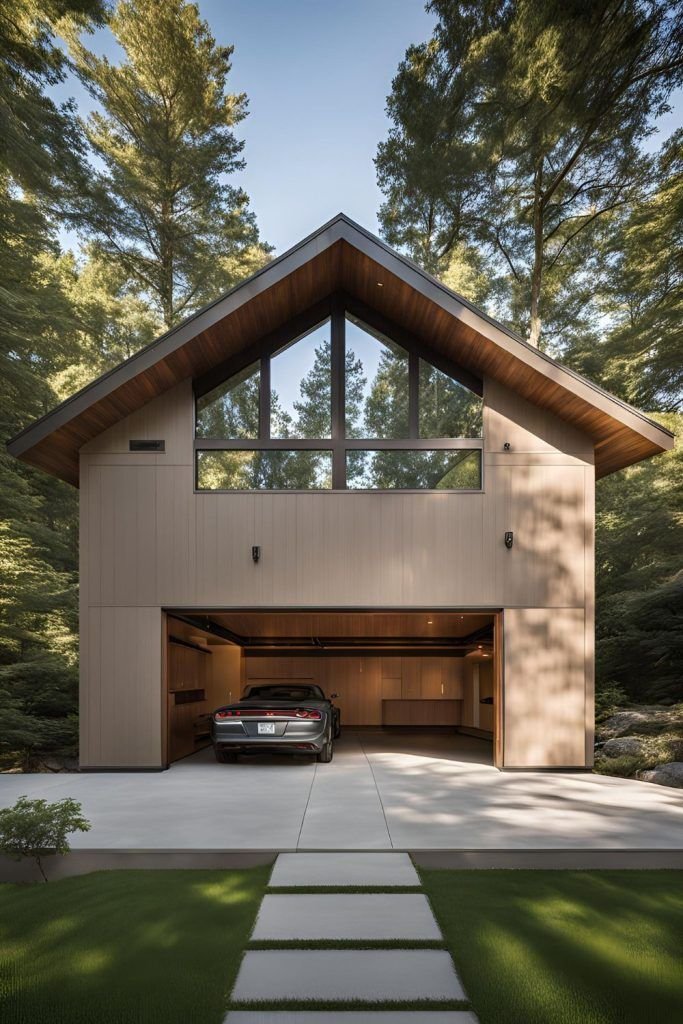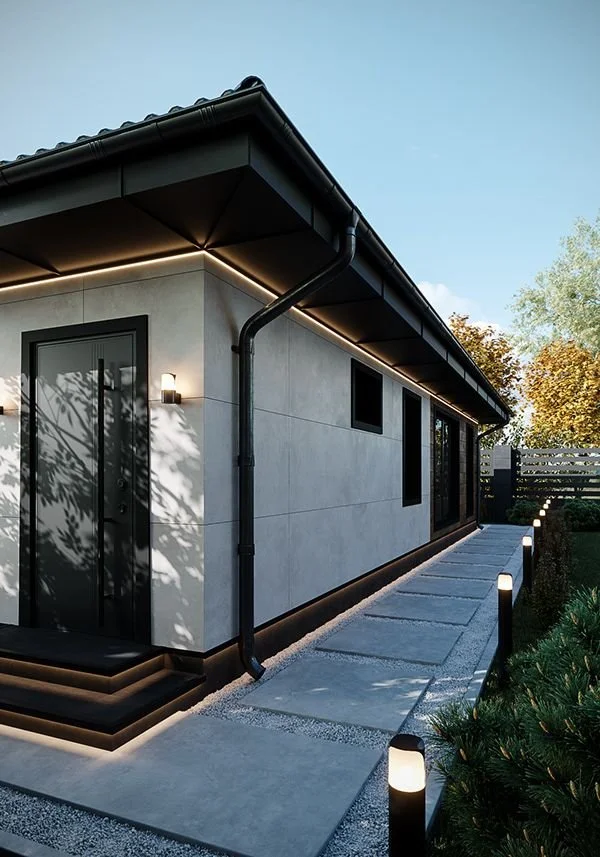How To Calculate Deck Board Spacing And Layout With A Deck Calculator
Building a dream deck should be exciting, not overwhelming! When you first start an outdoor project, calculating the proper spacing between boards might feel unnecessarily complicated.
But once you discover how to use a deck calculator, everything changes. It saves time, helping you avoid common mistakes, and makes the entire process smoother.
In this guide, we walk you through how to use a deck calculator and explain why deck board spacing is one of the most critical (yet overlooked) aspects of deck construction for many DIYers alike.
No. 1
Understanding Deck Board Spacing and Layout
Proper deck board spacing is essential for creating a beautiful, functional, and long-lasting deck. Your layout impacts both the aesthetics and structural integrity of your outdoor space, so precision is key.
What Is Deck Board Spacing?
Deck board spacing refers to the gaps between individual decking boards. These gaps allow for:
Proper water drainage
Prevention of moisture buildup
Natural expansion and contraction of materials
Without adequate spacing, boards can warp, cup, or rot prematurely. The right spacing ensures a uniform appearance and extends your deck’s lifespan.
No. 2
Factors Affecting Board Spacing
Several factors influence how you should space your deck boards:
Material type (wood vs. composite)
Local climate conditions
Moisture content at installation
Seasonal temperature changes
Board width and thickness
Time of year during installation
Each material responds differently to environmental conditions, so understanding these variables is crucial for proper spacing.
No. 3
Standard Board Sizes and Recommended Gaps
Common Deck Board Dimensions
5½" width × 12' or 16' length (most popular)
3½" width × 8', 10', 12', 16', or 20' length
Recommended Gaps
Wood decking: ⅛" to ¼" (wider if installed wet)
Composite decking: Minimum ⅛" (check manufacturer guidelines)
PVC decking: Follow manufacturer's specifications
Using a deck calculator before purchasing materials helps you determine the exact number of boards needed based on your spacing choices.
Rejuvenation
Upgrade your space with Rejuvenation's path and deck lighting – where functionality meets timeless design.
No. 4
Overview of Deck Calculators
A deck calculator simplifies the planning process by estimating how many materials you’ll need. It calculates total square footage and board requirements based on your deck’s dimensions and board specs.
How It Works:
Input your deck dimensions (length × width)
Select board width and length
Enter your desired spacing gap
The calculator provides:
Total square footage
Number of boards needed
Linear feet of decking required
For example, a 5½" wide board that’s 16' long covers about 7.33 sq ft. This helps you order the right amount of materials without waste.
Pro Tip:
Break irregular shapes (like L-shaped decks) into rectangles. Calculate each section separately, then add them together. Always add 10% extra for waste and cuts.
No. 5
Step-by-Step Calculation Process
1. Measuring Deck Dimensions
Measure your deck’s length and width in feet. Multiply them to get square footage.
Example: 10 ft × 20 ft = 200 sq ft
For irregular shapes, divide the area into sections and calculate each individually.
2. Selecting Board Specifications
Choose from standard board sizes:
Widths: 3½" or 5½"
Lengths: 8', 10', 12', 16', or 20'
Convert board width to feet for accurate calculations:
5½" = 0.458 ft
3. Determining Ideal Board Spacing
Select a spacing gap based on your material:
Wood: ⅛" to ¼"
Composite/PVC: As per manufacturer specs
Consider your local climate and wood moisture content at installation.
4. Inputting Data into the Deck Calculator
Enter:
Deck length and width
Board width
Spacing gap (e.g., 0.125" or 0.25")
Double-check measurements to avoid shortages or overages.
5. Interpreting the Results
The calculator will provide:
Total square footage
Linear feet of decking needed
Number of boards required
Adjust spacing or board dimensions if needed to reduce waste or improve layout.
No. 6
Technical Considerations and Best Practices
Understanding Expansion and Contraction
Deck boards expand and contract with temperature and humidity. Wider boards move more, so spacing is critical. I found that a 1/8" gap prevents buckling and warping.
Calculating Total Spacing
Use this formula:
(Number of boards - 2) × gap size
Example:
27 boards with 1/8" gap =
0.125 × (27 - 2) = 3.125 inches total spacing
Material-Specific Guidelines
Pressure-treated lumber: ¼" gap (wet) or ⅛" (dry)
Cedar/Redwood: ⅛" to 3/16"
Composite: Usually 3/16" (check specs)
PVC: Typically ⅛"
Climate Considerations
Humid climates or wet wood: Use wider gaps (up to ¼")
Dry climates or kiln-dried wood: Narrower gaps are fine
Always follow manufacturer recommendations and local building codes.
No. 7
Additional Layout Planning Tips
Here are some layout strategies I found helpful:
Overhangs: Leave 1–2" overhang for aesthetics and runoff
Transitions: Measure each level or section separately
Board direction:
Perpendicular to the house = classic look
Diagonal = visual interest
End joints: Stagger them for a natural, random look
Features: Subtract space for built-ins like benches or planters
These factors impact your material needs—don’t overlook them!
Takeaways
Proper deck board spacing ensures a long-lasting, beautiful deck that is resistant to environmental damage. Whether you’re using pressure-treated wood, composite, or PVC, the right gap—typically between 1/8" and 1/4"—prevents warping, buckling, and moisture issues.
A deck calculator takes the guesswork out of planning. It helps you determine precise material quantities based on your dimensions, board specs, and spacing preferences. This small but essential step can mean the difference between a deck that lasts for decades and one that requires premature repairs.
So grab your measurements, fire up the calculator, and start building with confidence!
Looking for Home resources?
Looking to enhance your living space and create a sanctuary that supports your well-being? Explore our home partners who offer a wide range of resources to elevate your home environment.































